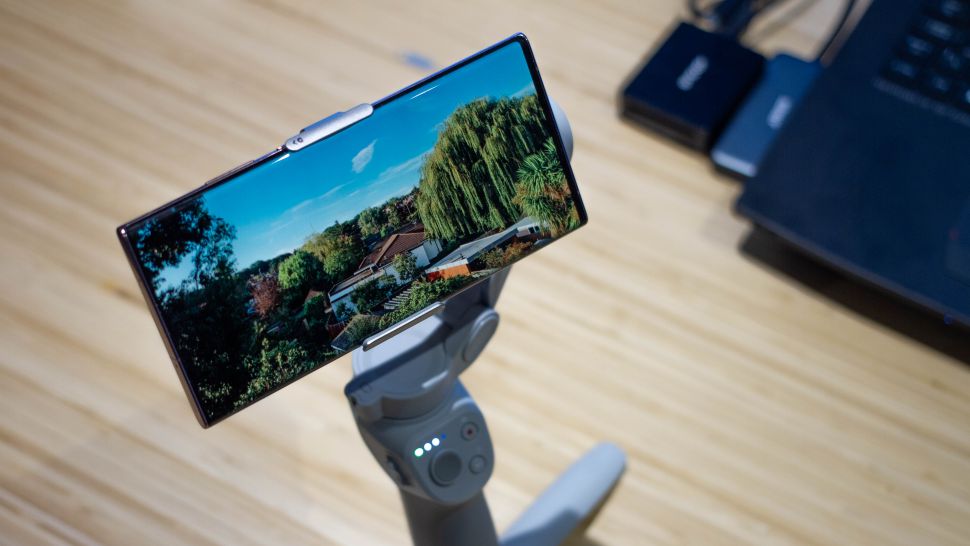The DJI OM 4 is the new gimbal for your smartphone camera that fixes our biggest pet peeve with such video stabilizers: it won’t completely take your phone hostage.
The OM 4, now available for $150 / £139 / AU$239, uses magnets to secure your phone to the motorized gimbal arm and, from our DJI OM 4 review testing, it has a firm hold. It’s nearly impossible to knock your phone off (under normal circumstances), but not difficult to pry away when you want to palm your phone again.
This is good news for anyone who wants to record 3-axis stabilized footage with a bunch of smooth Hollywood-esque crane and dolly shots, but doesn’t want to have to mount and unmount their phone every time they want to send a text or Google something mid-shoot. That’s been a big turnoff when trying to use phone gimbals.
The DJI OM 4 comes with two mount types in the box: a claw-shaped mount, which wraps around your phone (even the big ones like the iPhone 11 Pro Max and new Samsung Galaxy Note 20 Ultra), and a pop-socket-like mount that adhesively sticks to a plastic phone or case (naked glass phone are not advised for this mount type, while the claw may not work on all bulky cases, so you can get in the box).

The rest of the DJI OM 4 – short for DJI Osmo Mobile 4 – largely remains the same as last year’s DJI Osmo Mobile 3. It again folds in half, letting the gimbal arm fold into the lower pistol grip handle that contains the physical controls, and it continues to use the DJI Mimo app for unique motion time lapses and panoramic shots.
The updated Mimo app has some new modes this year: there’s a Dolly Zoom, which, like we saw on the DJI Mavic 2 Zoom drone, simulates the Alfred Hitchcock cinematic effect of zooming in while pulling the camera out, and a Clone Me panorama mode that lets you appear in the frame of a single photo.
All of this is good news for Chinese drone and gimbal maker DJI, as a crop of copycat competitors have flooded Amazon with cheaper (often not as good) knockoffs over the last few years. The magnetic phone holder idea is something we haven’t seen before from its rivals – at least not yet.
Source: techradar.com









